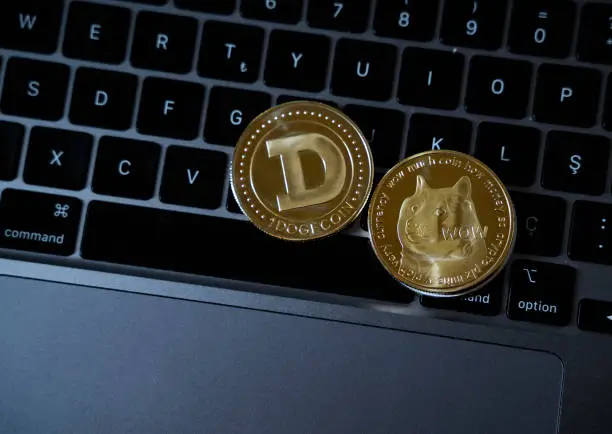Bitcoin: Following the S-Curve of Exponential Technologies
Bitcoin, the first decentralized digital currency, has been making waves in the financial world since its inception in 2009. Its unique blockchain technology and the promise of a decentralized financial system have attracted a passionate community of users and investors. But the question on everyone’s mind is, is Bitcoin following the S-curve of exponential technologies, or is its adoption stalling?
Understanding the S-Curve
The S-curve, also known as the “hockey stick curve,” is a graphical representation of the rate of adoption of a technology. It starts off slowly, then accelerates rapidly, before eventually leveling off as the technology reaches saturation. This pattern is common in many technologies, from the telephone to the internet.
Bitcoin’s Adoption
When we look at Bitcoin’s adoption rate, we can see some similarities to the S-curve. In the early days, Bitcoin was primarily used by a small group of tech enthusiasts and libertarians. But in the late 2010s, Bitcoin’s adoption rate accelerated rapidly, driven by increasing mainstream awareness and institutional investment.
However, since then, Bitcoin’s adoption rate has seemed to stall. According to data from Statista, as of 2021, only around 160 million people have used Bitcoin, which is a small fraction of the global population. This has led some to question whether Bitcoin has reached its peak and is on the downswing of the S-curve.
Factors Affecting Bitcoin’s Adoption
There are several factors that could be contributing to Bitcoin’s apparent stalling adoption. One is regulatory uncertainty. Bitcoin is still largely unregulated, which can make it a risky investment for many people. Additionally, high transaction fees and slow confirmation times can make Bitcoin less attractive than other payment methods.
Another factor is competition from other cryptocurrencies. While Bitcoin was once the dominant player in the cryptocurrency space, it now faces competition from thousands of other digital currencies. Some, like Ethereum and Ripple, have specific use cases that make them more attractive than Bitcoin for certain applications.
Looking Ahead: The Future of Bitcoin
Despite these challenges, many believe that Bitcoin’s best days are still ahead. The growing institutional adoption of Bitcoin, with companies like MicroStrategy and Tesla buying large amounts of Bitcoin, is a positive sign. Additionally, the development of layer 2 solutions like the Lightning Network could make Bitcoin more scalable and affordable for everyday transactions.
The Impact of Bitcoin on Individuals
For individuals, the rise of Bitcoin and other cryptocurrencies could have significant implications. Bitcoin’s decentralized nature means that it is not subject to government control or manipulation, which could make it an attractive alternative to traditional financial systems. Additionally, the ability to make peer-to-peer transactions without the need for intermediaries could make it a powerful tool for financial inclusion in developing countries.
The Impact of Bitcoin on the World
At a global level, Bitcoin’s potential impact is even more significant. A decentralized financial system could disrupt traditional power structures and reduce the influence of governments and financial institutions. It could also lead to the creation of new industries and business models, from decentralized finance (DeFi) to non-fungible tokens (NFTs).
Conclusion
In conclusion, while Bitcoin’s adoption rate may seem to have stalled in recent years, there are still many reasons to believe that it is following the S-curve of exponential technologies. With the growing institutional adoption of Bitcoin and the development of new technologies, the future looks bright for this revolutionary digital currency. Whether you’re an individual looking for financial freedom or a global organization seeking to disrupt traditional power structures, Bitcoin is a technology worth keeping an eye on.
- Understanding the S-curve and its relevance to Bitcoin
- Factors contributing to Bitcoin’s apparent stalling adoption
- Positive signs for Bitcoin’s future
- Individual and global implications of Bitcoin’s rise





